Gravel cycling is a growing sport across rural southern Arizona
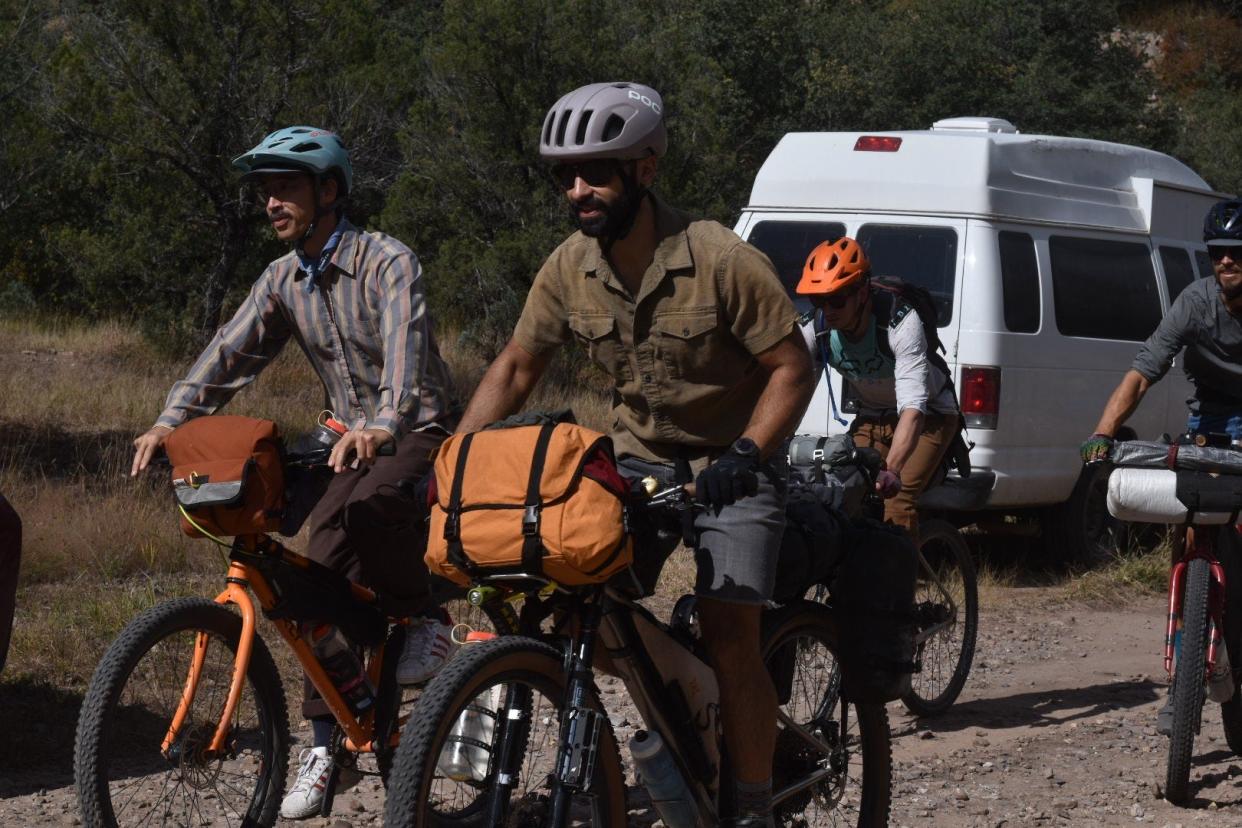
Corrections & Clarifications: A previous version of this article misspelled Paige Redman's name.
As the popularity of gravel cycling skyrockets around the world, the previously grassroots Midwestern sport has found a home in southern Arizona.
Gravel cycling, also called gravel grinding or just gravel, has come into prominence in recent years and is essentially off-road cycling on primarily dirt and gravel roads.
People say they love the sport because it has aspects of both road cycling and mountain biking.
Professional adventure cyclist Sarah Swallow lives a semi-nomadic lifestyle in Patagonia for part of the year. She organizes the Ruta del Jefe race, a race that aims to bring awareness to the area's complicated issues and special cultures.
In her words on her website, Ruta del Jefe, "honors the ancestral lands of the Tohono O’odham, Yoemi, and Chiricahua Apache throughout the event. 16% of all funds raised, 16% will benefit Indivisible Tohono."
Swallow rides on dirt roads all over the world, but she keeps returning to southern Arizona because of its unique and biodiverse landscape. The sky islands, isolated mountain ranges in southeastern Arizona and northern New Mexico, are one of the most biodiverse areas on the planet.
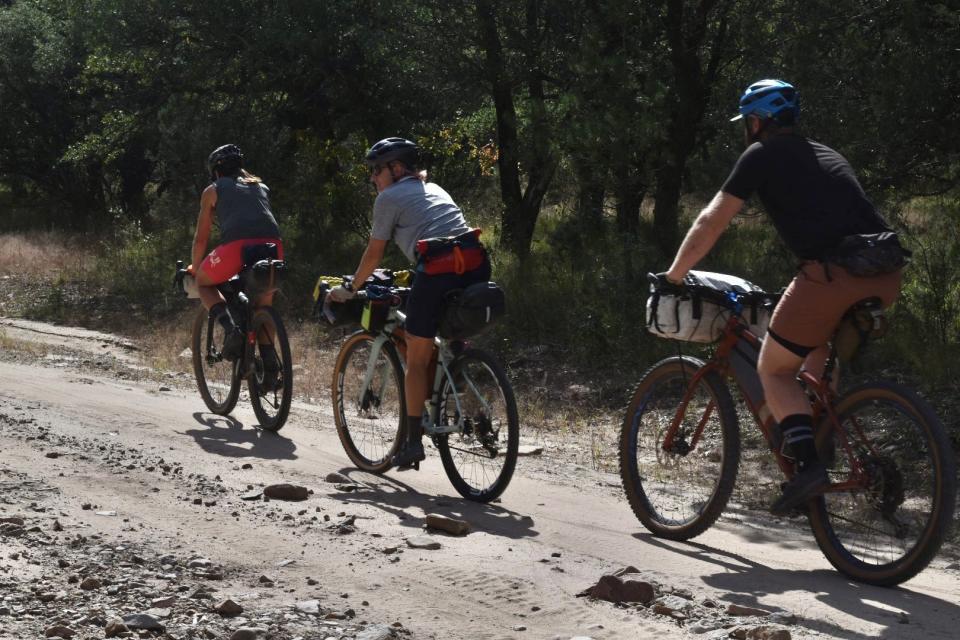
Southern Arizona “exists at the convergence of the Sonoran and Chihuahuan desert and also the Sierra Madre Occidental,” she said. The Santa Catalina Mountains are also considered sky islands and are also a popular place to ride gravel.
For gravel cyclists biking long distances, this means an ever-changing scenery: from cactus and desert scrub to high grassland to foothills with oak and cedar trees and creeks and even Ponderosa Pine forests.
And as gravel cycling becomes more mainstream, people are discovering the magic that lies in southern Arizona’s landscapes.
Areas like Patagonia, Elgin, Sonoita, the Santa Rita Mountains, Chiricahua Mountains and the Catalina foothills are popular destinations.
Swallow noted how southern Arizona is experiencing a cycling boom since the COVID-19 pandemic.
With places like Patagonia as one of the few places with dry gravel roads during the winter season, “people are coming in droves” to the area, Swallow said, adding that in her work she tries to promote respect and understanding of the “special and delicate region” with “complicated issues.”
Why ride gravel?
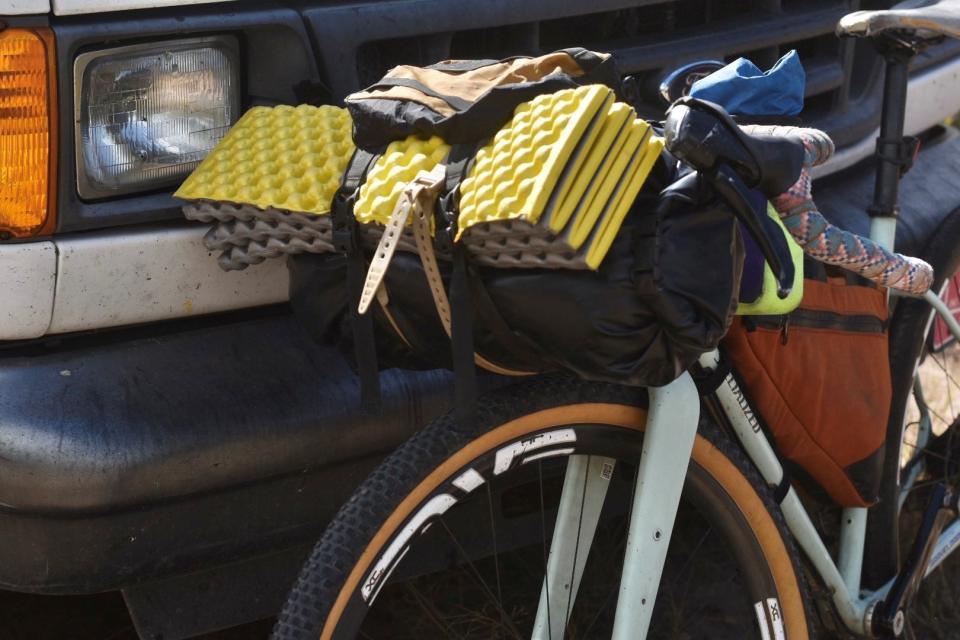
Gravel cycling has been around for a long time but has soared in popularity over the last couple years.
What began as two Midwesterners' “crazy idea,” as Mark Stevenson told The Arizona Republic, to bike across Iowa on non-paved roads has turned into a booming industry.
“People are looking for places to go that are safer, quieter. Gravel roads provide that,” said Stevenson, who helped found the modern-day gravel cycling scene. He was one of seven gravel cyclers inducted into Gravel Hall of Fame’s 2022 class, the first one ever.
With aspects of road and mountain biking, and its accessibility to the every day cyclist and adventure-seeker, gravel cycling is the sport to be racing, said Tucson cyclist and athlete Paige Redman.
Redman is a two-time champion in the women’s category of the Long Voyage 300 at Gravel Worlds, an endurance gravel race in Lincoln, Nebraska.
“Something about gravel is adventurous. You feel like every time you ride on the dirt, it’s like an adventure even if you've done it before,” Redman said.
While she loves gravel riding throughout the country, Arizona’s desert scenery and diverse wildlife makes gravel cycling feel more adventurous, she said.
She might see deer and rabbits as she rides throughout the Midwest, but she witnesses a more diverse range of animals in Arizona like bobcats, hawks and snakes.
Redman rattled off a long list of places to cycle in the south including the southern portion of the Arizona Trail up to Colossal Cave, as well as areas in the north such as Phoenix’s canale rodas, Chino Valley and Prescott area.
Redman fell in love not only with the sport, but also the gravel cycling family: competitive like the road cyclists and laid back like mountain bikers, she said.
“Gravel is inclusive,” Redman said.
Gravel’s grassroots start
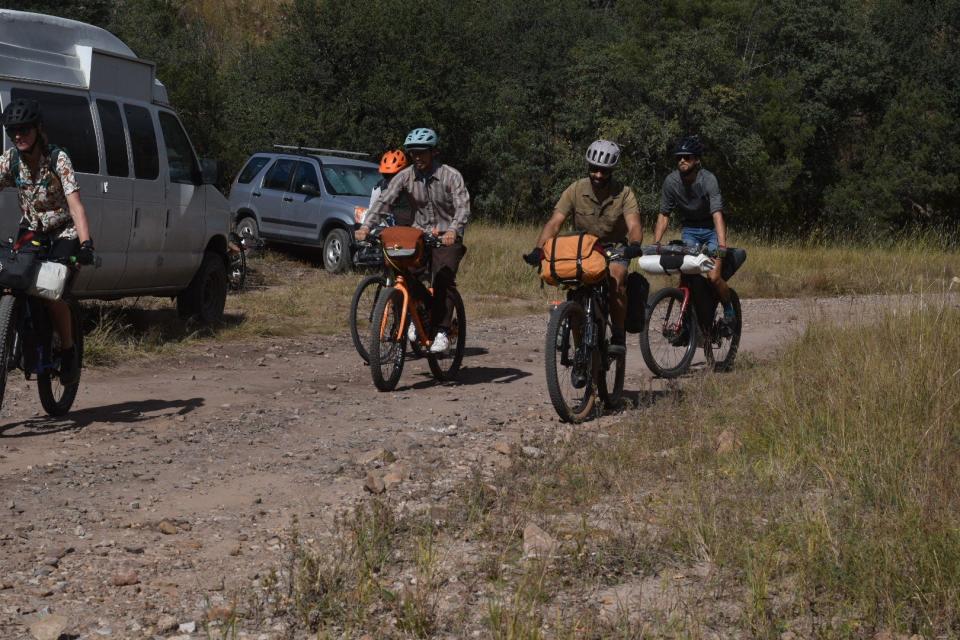
Gravel cycling has been around since bicycles were invented in the 1800s. Without paved roads, everyone was gravel cycling. Once paved roads came along, cycling became focused on pavement riding as it was easier and safer, according to Stevenson.
When mountain bikes began being mass-produced in the 1980s, many competitions and rides began to happen on gravel, he said, noting that there had been sporadic off-road races throughout the years.
In 2004, while Stevenson, who had a background in mountain biking, was working at a bicycle and ski shop in Iowa with colleague and endurance mountain bike athlete Jeff Kerkove, they had an idea.
Inspired by their boss who decided to ride across Iowa in a day on a road bike many years before, they thought that challenge could also be possible off-road, using mountain bikes.
They organized an off-road race across the state called Trans Iowa. The first-ever Trans Iowa event took place in April 2005 and was 310 miles and had to be completed in 35 hours or less.
“To our knowledge, nothing like this had been done before,” he said.
Thanks to Kerkove’s contacts in the industry, many endurance racers showed up at the event, and many could not finish the event, which meant Stevenson and Kerkove were on to something.
People brought all kinds of bikes to the race, from old Schwinn Cruisers, to hybrid bikes and mountain bikes, he said.
"Whatever you had, whatever you thought you could do it with, you brought it,” Stevenson said.
They quickly saw that this event was more than just for mountain biking.
Many cyclists inspired by the event wanted to create their own off-road racing event as well. Stevenson said the co-founder of what became Unbound Gravel, the premier gravel event in the U.S., was there, among others.
And while now there are bicycles specifically for gravel cycling sporting a slender frame and drop bars like the road bike with thicker tires, he maintains that a range of bikes can be used for riding on gravel.
Fast forward to 2022, gravel races pepper the country with big competitions like SBT GRVL in Colorado, the Belgian Waffle Ride throughout the country and the Life Time Grand Prix series with races throughout in various states, among others.
“All that grew out of what we got started,” he said, noting that previously most off-road cycling events were geared more towards mountain bikers.
Growth of gravel
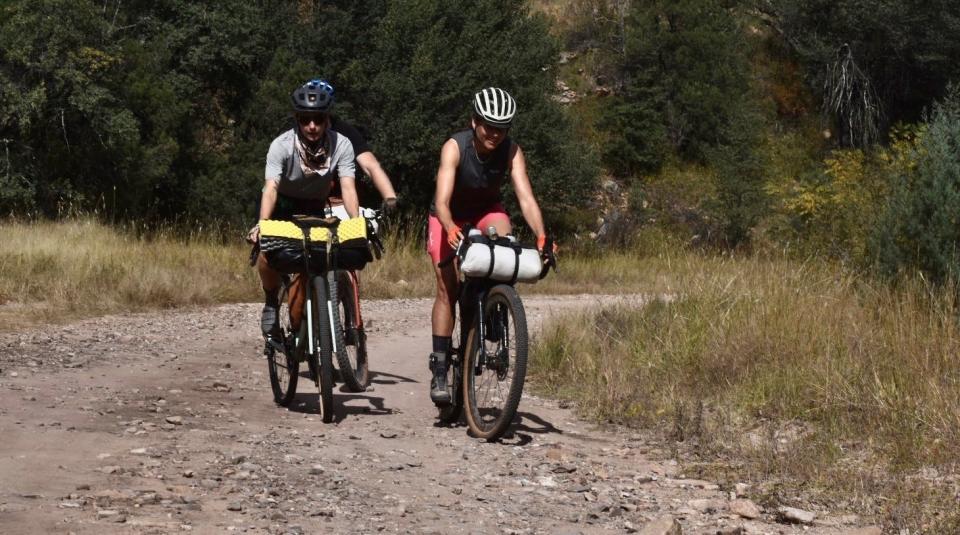
It wasn’t until 2012 when companies started making gravel bikes that the sport became more well-known, Stevenson said.
He used to keep a calendar of events for all the races.
In 2018, “I could count on my hands” how many events he knew about. By 2020, he said there were “upwards of 700 events,” not including group rides.
Unbound Gravel in Kansas, has also grown from just 34 participants in 2006 to nearly 4,000 in 2022.
Gravel bikes also lead in sales. According to 2021 data market research, gravel bike sales increased 109% compared to two years ago.
Both Redman and Swallow agreed that while recreational gravel cycling in Arizona is on the uptick, gravel races, where people from all over the country compete, is lagging behind other regions.
This is due to how to how expensive and challenging it is to get a permit, which is too much of an obstacle for many “small and low impact gravel events,” Swallow said.
She noted that getting a permit with the Arizona Department of Transportation is especially challenging as Highway 82 and Highway 83 are major connectors for gravel roads in Southern Arizona.
For recreational riders, Arizona is still a popular place to explore off-road, and according to Swallow, gravel cycling is the way of the future.
Coverage of southern Arizona on azcentral.com and in The Arizona Republic is funded by the nonprofit Report for America in association with The Republic.
Reach the reporter at sarah.lapidus@gannett.com.
This article originally appeared on Arizona Republic: Gravel cycling is growing across rural southern Arizona. Here's why

